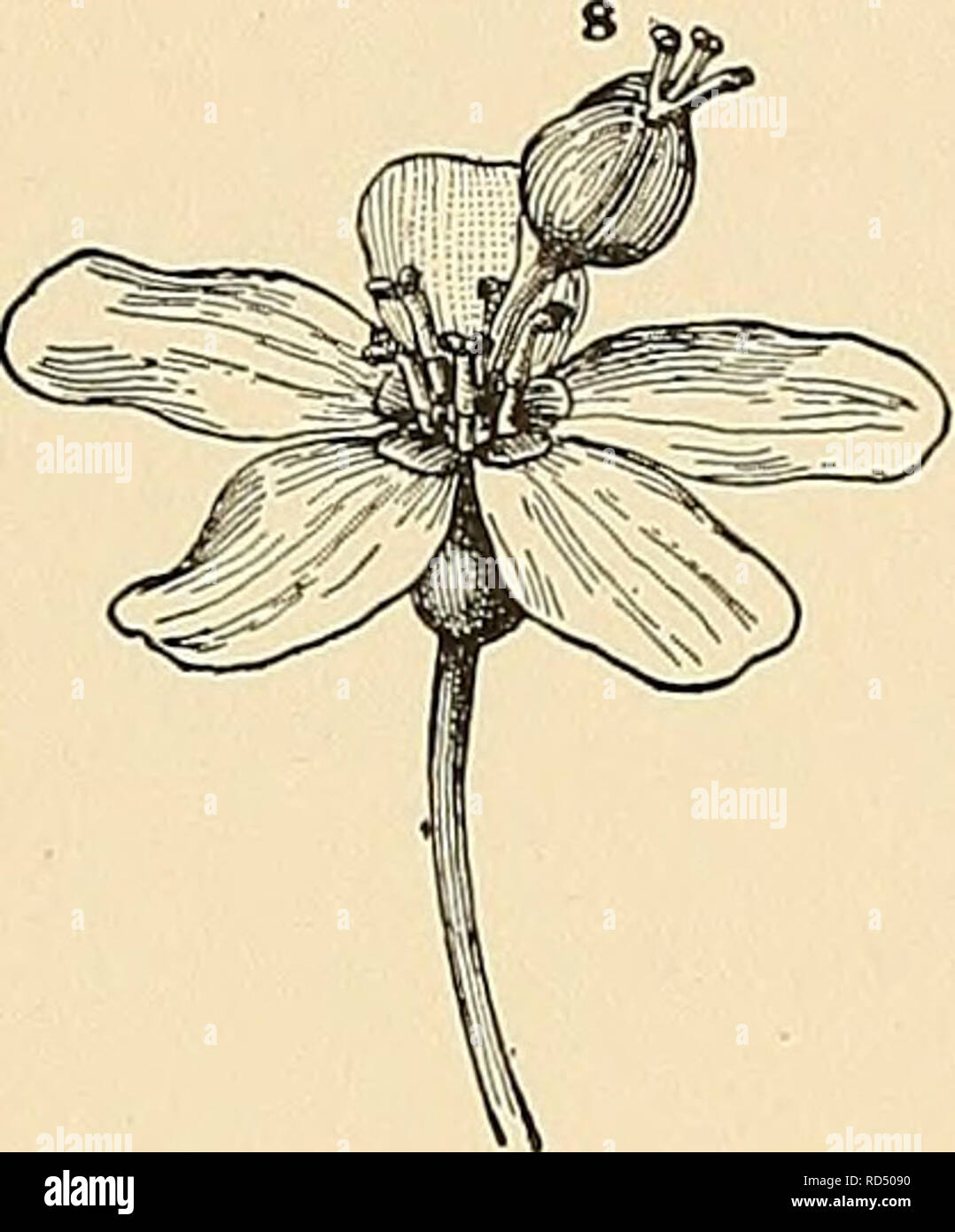. Cyclopedia of American horticulture, comprising suggestions for cultivation of horticultural plants, descriptions of the species of fruits, vegetables, flowers, and ornamental plants sold in the United States and Canada, together with geographical and biographical sketches. Gardening. EUPHORBIA EUPHORBIA 561 most temperate and tropical regions. Many are desert plants, and the greater number grow in dry and sterile places. Herbs, shrubs or trees, often fleshy and cactus-like, or low and prostrate weeds; but all characterized by a single pedicellate-pistillate flower, with a 3-celled, 3- seede

Image details
Contributor:
The Book Worm / Alamy Stock PhotoImage ID:
RD5090File size:
7.2 MB (230.8 KB Compressed download)Releases:
Model - no | Property - noDo I need a release?Dimensions:
1440 x 1736 px | 24.4 x 29.4 cm | 9.6 x 11.6 inches | 150dpiMore information:
This image is a public domain image, which means either that copyright has expired in the image or the copyright holder has waived their copyright. Alamy charges you a fee for access to the high resolution copy of the image.
This image could have imperfections as it’s either historical or reportage.
. Cyclopedia of American horticulture, comprising suggestions for cultivation of horticultural plants, descriptions of the species of fruits, vegetables, flowers, and ornamental plants sold in the United States and Canada, together with geographical and biographical sketches. Gardening. EUPHORBIA EUPHORBIA 561 most temperate and tropical regions. Many are desert plants, and the greater number grow in dry and sterile places. Herbs, shrubs or trees, often fleshy and cactus-like, or low and prostrate weeds; but all characterized by a single pedicellate-pistillate flower, with a 3-celled, 3- seeded ovary, without floral envelopes or with a minute cab's, surrounded by numerous staminate flowers con- sisting each of a single stamen, the insertion of which is represented by an articulation with the pedicel, the whole surrounded by a more or less cup-shaped involucre, with 5 lobes, and bearing 1-5 glands of various shapes between the lobes. The staminate flowers are usually subtended by minute bracts. The glands often bear petal-like appendages, the whole involucre (or cyathium) closely simulating a perfect flower (Pig. 79i). Most of the species have abundant milky juice, and the cactiform species have been thus distinguished from cacti, but many cacti also have milky juice. The juice of most species is acrid poisonous, especially if it comes in contact with mucous membranes or open sores. The juice from some of the species is used in medicine as a purgative. Monographed by Boissier in DeCandoUe's Prodromus, 15, pt. 2 (1862). See local floras and Norton, Rept. Mo. Hot. Gard. 11. for native species. Works like Nichol- son's Gard. Diet, and Bois' Diet. d'Hort. describe a number of cultivated species. See also Fobe, in Monats- schrift f ur Kakteenkunde, 8:42 (1898). Many of the fleshy species are cultivated by lovers of succulents for their curious shapes; and a few are valu- able for their ornamental foliage. The flowers are usu- ally too minute to be noticeable. Some, like J